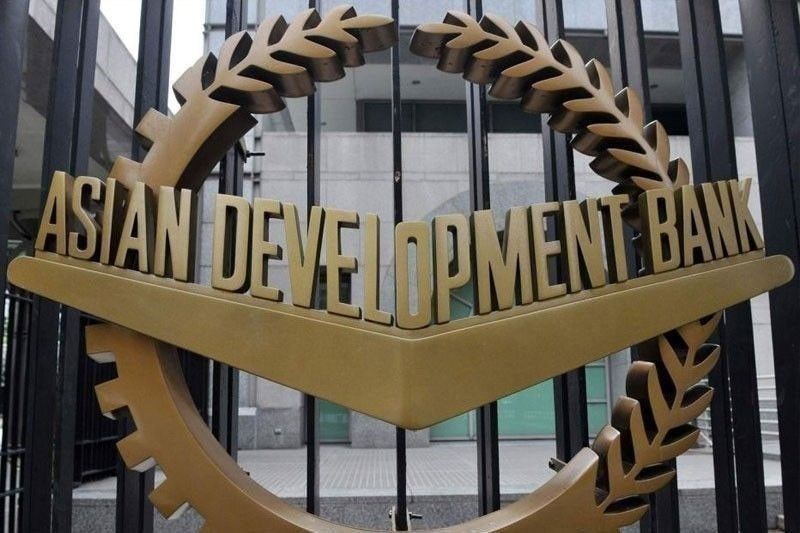ADB funding 4 DOTr projects

MANILA, Philippines — The Asian Development Bank (ADB) is set to approve funding for four priority projects of the Department of Transportation (DOTr).
The Manila-based multilateral bank said it has lined up for approval the EDSA Greenways Project, South Commuter Railway Project, Davao Bus Project and the MRT-4 Line from Ortigas to Rizal province.
Ramesh Subramaniam, director general of ADB’s Southeast Asia Department, said the technical loan discussions for EDSA Greenways have been completed and the bank is aiming for board approval of the project by yearend, with partial operations to be enabled by the end of 2021.
The project involves the construction of elevated walkways in areas of EDSA with heavy foot traffic to provide seamless connection between transport terminals such as train and public utility vehicle stations.
The South Commuter Railway Project, which connects Manila and Calamba in Laguna, is slated for board approval by the first quarter of 2021.
This will be followed by the approval of the Davao bus project and the MRT-4 Line also by next year.
“I would like to reiterate ADB’s full commitment to the Philippines’ Build Build Build infrastructure program and our strong partnership with the Department of Transportation,” Subramaniam said during yesterday’s signing ceremony for the last three contract packages for the Malolos-Clark railway project.
Three civil works contracts for ADB’s largest project to date were signed yesterday, completing the five contract packages needed to move the project to construction at the soonest time and partial operation by 2023. Full completion of the project is expected by 2025.
The first two contracts for the project were signed in August and with the three others, the DoTR awarded civil works contracts worth $2.5 billion.
“The signing of these contracts means the Malolos–Clark Railway Project construction will now go on full speed, helping the country’s economic revival over the next 12 to 24 months,” Subramaniam said.
With the start of construction, at least 24,000 local jobs will be directly created in the next three years and another 1,400 jobs will be created during the operation phase.
Through multiplier effects, more indirect employment and other economic benefits in localities will be realized.
“Empirical evidence from other countries suggests that the $2.5 billion in railway investments can create at least $3.75 billion in additional gross domestic product within three years. For one construction job created from the railway investment, an additional one to three indirect jobs are created,” said Subramaniam.
“Then there are the longer-term transformative benefits created from rail investments through better connectivity between cities and towns, and also as a clean investment, we will see reduction in CO2 emissions.”
- Latest
- Trending



























